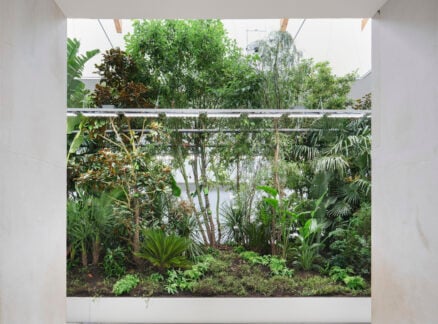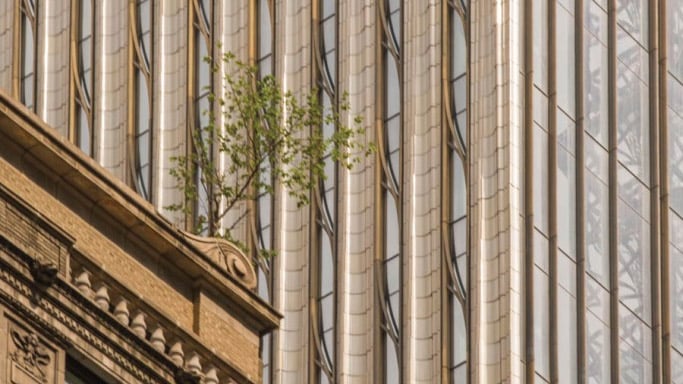
February 10, 2020
Keep Calm and Terra-cotta On
Prized for its tactile qualities and historical association with crafts, the material is enjoying a steady revival in New York City and beyond.
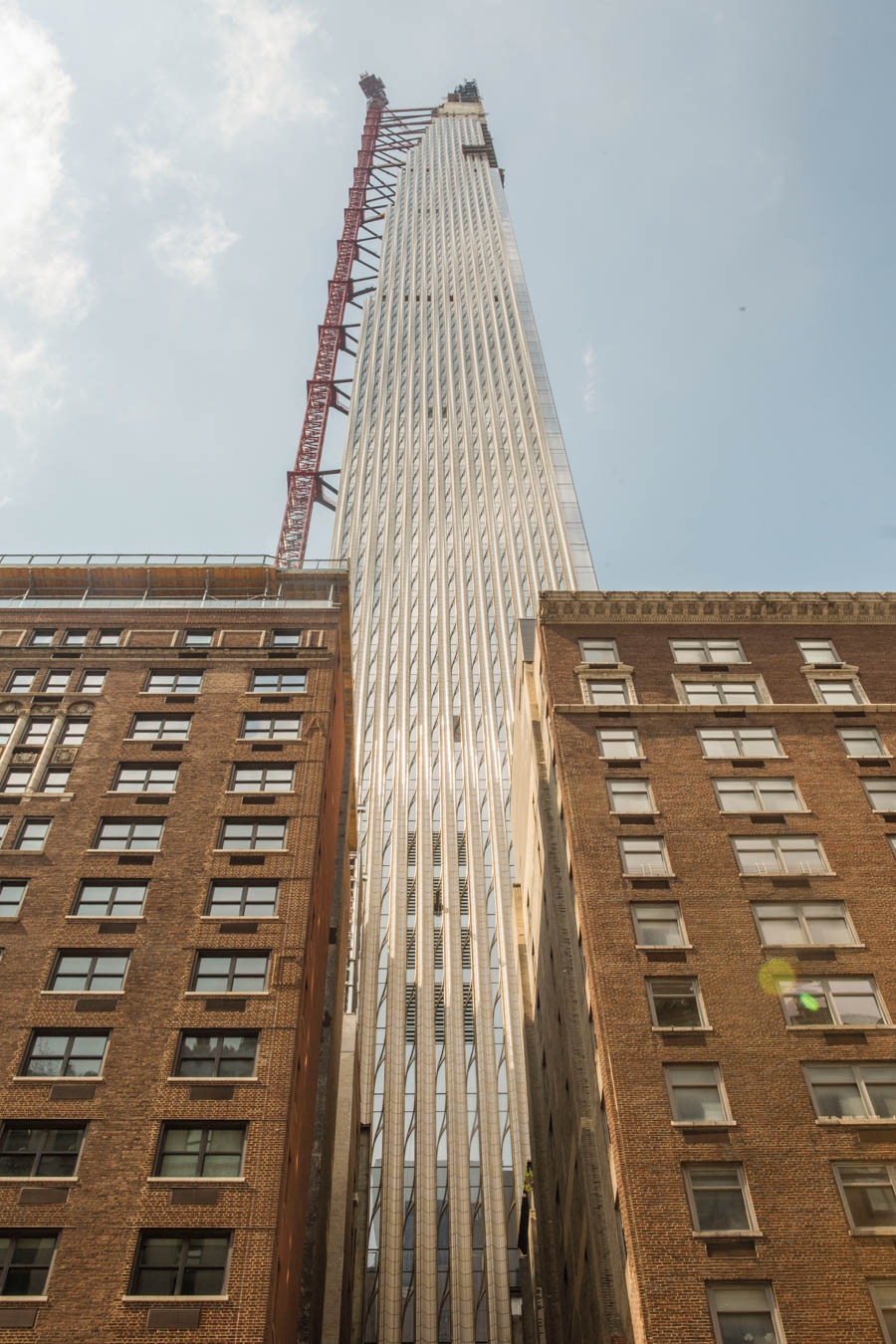
What’s old is new again, and few things are as old as terra-cotta. As we teeter on the edge of a climate apocalypse, its prevalent use in interiors is intended to reassure. (Sherwin-Williams even named the hue its 2019 color of the year.)
This is increasingly the attitude of new buildings as well. In cities from Washington, D.C., to Guangzhou, China, office and residential towers are forgoing chilly, blandly “modern” touches like perforated aluminum for something warmer and more tactile. A representative from Boston Valley Terra Cotta—which, along with NBK and Shildan Group, is among the leading terra-cotta manufacturers today—notes high-tech terra-cotta is trending especially strongly in New York City.
It’s a delightful twist of fate: New York’s vintage skyscrapers were often kitted out in ceramic garb. The city’s architects now gravitate toward terra-cotta because it looks good, ages well, and is easy to use. “The material is famous for mimicking other materials,” says Susan Tunick, a New York ceramicist and terra-cotta expert. “For a long time, it was made to look like granite, wood, or glass. It’s now being used for itself.”
Advances in facade engineering are also behind the terra-cotta turn. SHoP Architects’ 111 West 57th Street in New York City gamely demonstrates innovations like open-joint fabrication. Richly glazed terra-cotta pilasters snake up its immense facade—the supertall is the second-tallest residential building in the world—adding a milky exterior texture that melts and contracts as the light arcs over Manhattan.
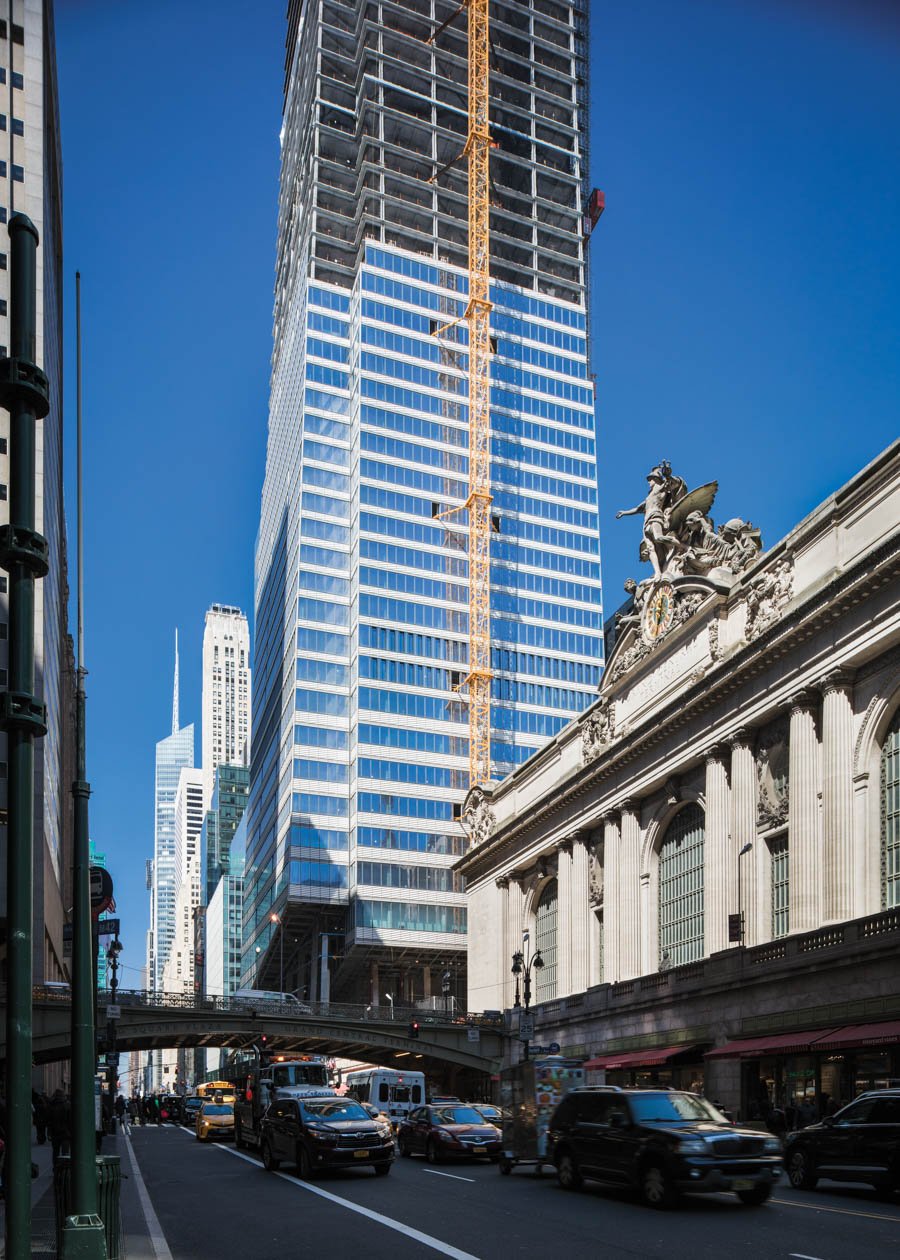
To get the intended effect, SHoP associate principal Dana Getman and her team imagined varied and distinctive terra-cotta elements but were wary of overwhelming the general contractor. They appealed to manufacturer NBK Terracotta for help. The company, a subsidiary of Hunter Douglas, developed a relatively simple jigsaw puzzle comprising 13 unique dies, which the architects rotated and flipped to make 23 extruded pilasters. The individual pieces were then glazed with five different whites to evoke terra-cotta masterpieces like Cass Gilbert’s Woolworth Building, where SHoP has its office.
“When you approach the Woolworth at 6 a.m. in the summer, it has a gorgeous orange glow from the sun, and in late afternoon you get that pink which contrasts more with the white and shadow,” Getman explains. “We were looking to get those effects without copying the old buildings.”
While there is a small but growing demand for off-the-shelf precast, Jen Marchesani, VP of sales and marketing at Shildan Group, notes that the prevailing trend is in both rainscreens and unitized curtain wall systems à la 111 West 57th. To get these high-tech designs ready for installation, each of the top manufacturers works with architects to deliver shapely custom facade pieces from form to finish.
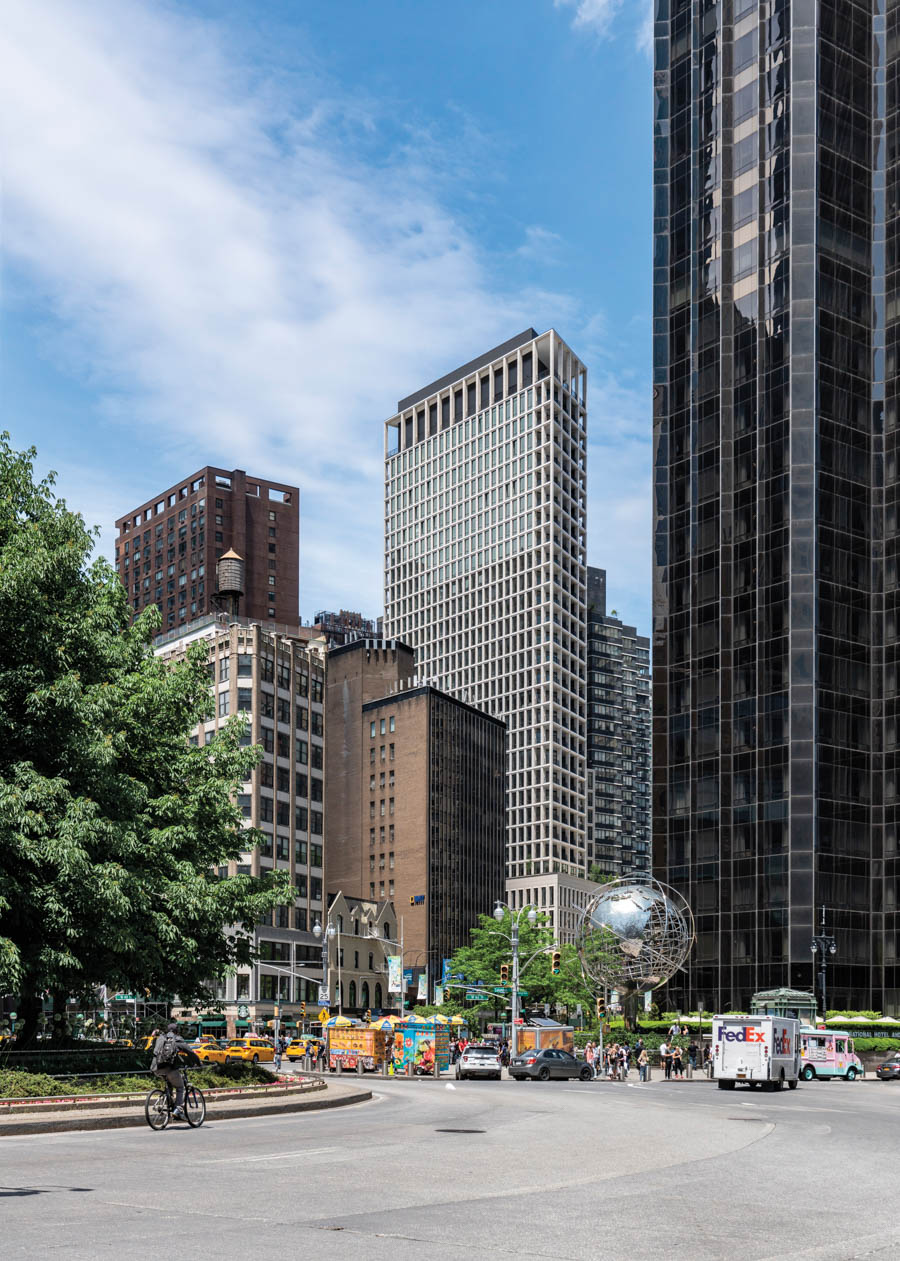
Boston Valley goes an extra step. Since 2016, the company has underwritten the Architectural Ceramic Assemblies Workshop, inviting teams of architects to its western New York facility to push the formal limitations of its product. The idea behind the event, hosted jointly with the University at Buffalo School of Architecture and Planning, is for participants to get a feel for the material by assembling the prototypes they design over the course of many months. It’s also good for business: The complex, parametrically driven pieces that have come out of the workshop sessions have pushed Boston Valley to expand its digital capabilities while maintaining the craft element of production.
It’s a mutual learning experience in and beyond the workshop, for participants and other Boston Valley clients. When the firm Selldorf Architects ordered 150-pound russet-colored panels for the facade at 10 Bond Street in Manhattan, Boston Valley inserted neoprene gaskets in the panels to take some of the weight off the curtain wall installation and relieve pressure from movement.
None of this engineering is visible to pedestrians, however. Instead, roving eyes gravitate toward color and texture. In developing the design of Disney’s new Manhattan headquarters, architects at SOM noticed that the cornices and terra-cotta ornaments in the surrounding Tribeca neighborhood were mostly done up in neutrals. After gathering 100 samples from multiple manufacturers, the team, led by partners T. J. Gottesdiener and Colin Koop, settled on a control group of colors in soft gray-green.
They expect the material, once it’s in place on the open-joint rainscreen, to weather nicely over time. “You see older buildings in the city where the mortar has failed. That doesn’t happen with the new terra-cotta,” says Koop. “As long as you clean it, it will look great forever.”
You may also enjoy “A Big-Box Store Finds New Life as a Healthcare Clinic.”
Would you like to comment on this article? Send your thoughts to: [email protected]
Recent Viewpoints
Viewpoints
Sustainability News Updates for Q2 2025










